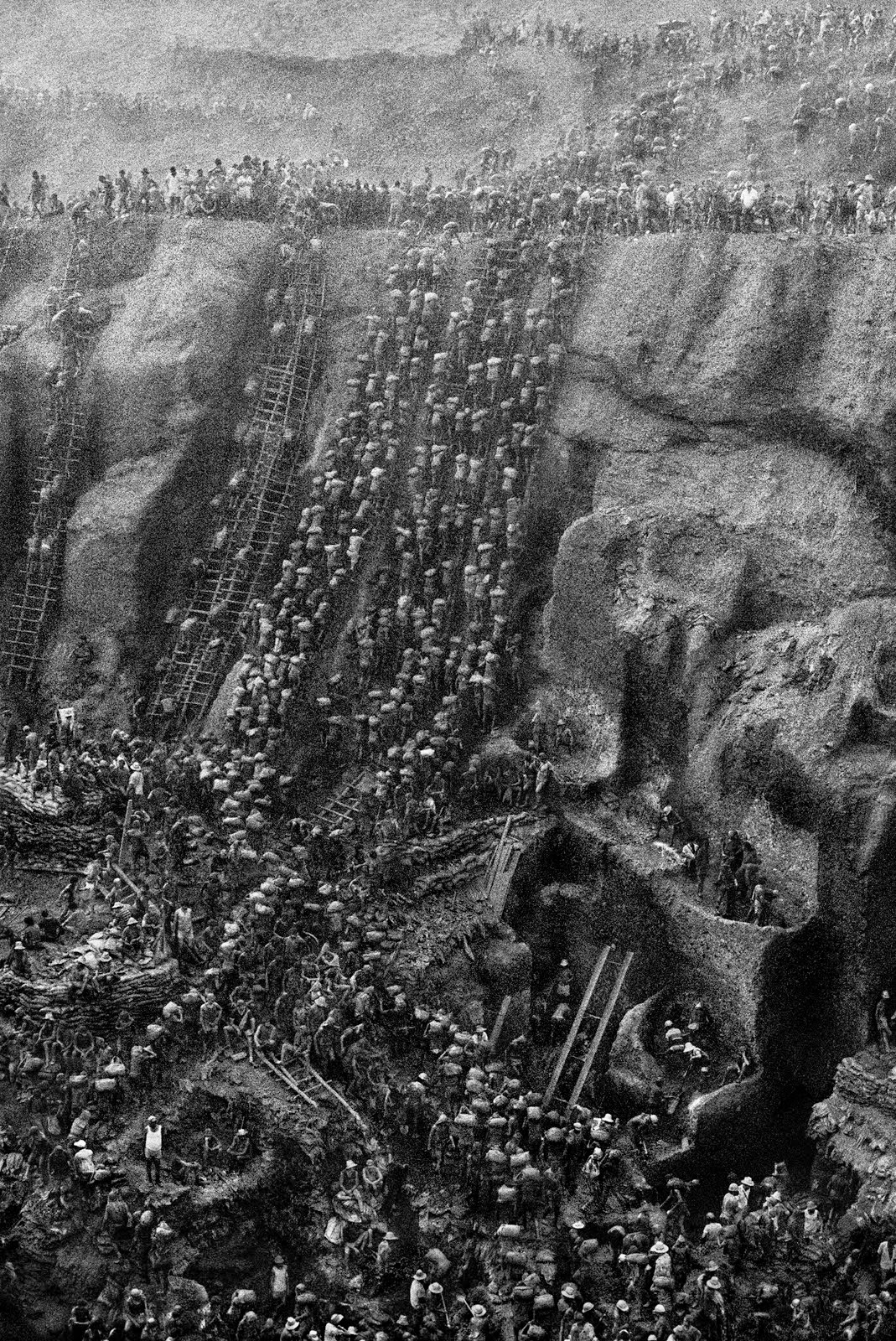Monday, December 29, 2014
Monday, December 22, 2014
The foodie edition
Posted by Tammy Flanders at 6:00 AM 1 comments
Labels: food, holidays, humour, novels, picture books
Monday, December 15, 2014
Welcome to my world
Follow my blog with Bloglovin
Really, I don't think this needs much explanation. Enjoy.
Don't you love the eyebrow action?
Posted by Tammy Flanders at 6:00 AM 0 comments
Labels: internet resources
Monday, December 8, 2014
A quick pick
This isn't so clear cut as it may seem. The ambiguous ending leaves us guessing as to whether the boys have dug themselves back home or if they've fallen into an almost exact replica of home, some kind of alternative universe, maybe.
Posted by Tammy Flanders at 6:00 AM 2 comments
Labels: humour, picture books, pleasure reading
Monday, December 1, 2014
Art with a story
Posted by Tammy Flanders at 6:00 AM 0 comments
Labels: geographical thinking, immigrants, journey, picture books, social issues, travel
Monday, November 24, 2014
Visual literacy: Power of a photo

*How does the girl’s direct stare make you feel?*How might the effect of this photograph have differed if the photographer had taken a wider shot?*If you had to put this photograph into a category, with would you choose: portrait or documentary or both? Why?
the enormity of the man-made mine, with carved-out hollows and terraces and long, rickety ladders leaning against its steep sides. The packed crowd of miners, shifting their loads of earth, appears to move as one, in a continuous flow, like ants.It is an evocative image.
Posted by Tammy Flanders at 6:00 AM 0 comments
Labels: historical thinking, photographic books, research, social issues, social studies, visual literacy
Monday, November 17, 2014
Poetry: Girl issues
Posted by Tammy Flanders at 6:00 AM 0 comments
Labels: perspective, pleasure reading, poetry, read alouds, social issues
Monday, November 10, 2014
In Remembrance
 Stubby the War Dog: the true story of World War I’s bravest dog by
Ann Bausum is almost the ultimate “boy-and-his-dog” story. It’s about a stray mutt adopted by recruits training at the Yale
University stadium. Stubby eventually singles
out one of these enlisted men for himself and the two become fast friends for
life. After basic training, Stubby (a Boston
terrier cross) is smuggled across the Atlantic to Europe where he accompanies
James Robert Conroy for the duration of World War I. Becoming the mascot for Conroy’s regiment, he
provides companionship for all and invaluable service running messages and
warning soldiers of incoming shells.
Recommended for middles grades 5-8.
Stubby the War Dog: the true story of World War I’s bravest dog by
Ann Bausum is almost the ultimate “boy-and-his-dog” story. It’s about a stray mutt adopted by recruits training at the Yale
University stadium. Stubby eventually singles
out one of these enlisted men for himself and the two become fast friends for
life. After basic training, Stubby (a Boston
terrier cross) is smuggled across the Atlantic to Europe where he accompanies
James Robert Conroy for the duration of World War I. Becoming the mascot for Conroy’s regiment, he
provides companionship for all and invaluable service running messages and
warning soldiers of incoming shells.
Recommended for middles grades 5-8.Posted by Tammy Flanders at 6:00 AM 0 comments
Labels: animals, biographies, historical thinking, war
Monday, November 3, 2014
Birds of a feather or facsimiles thereof
Aviary Wonders Inc.
Posted by Tammy Flanders at 6:00 AM 0 comments
Labels: activism, animals, art, ecology, picture books
Monday, October 27, 2014
Anticipation and hard-earned dreams
Posted by Tammy Flanders at 6:00 AM 0 comments
Labels: picture books, wordless books
Monday, October 20, 2014
Presto Change-o!
Posted by Tammy Flanders at 6:00 AM 0 comments
Labels: animals, art, game and recreational books
Monday, October 13, 2014
Things we’re thankful for
Posted by Tammy Flanders at 2:45 PM 1 comments
Labels: art, photographic books, social issues
Monday, July 28, 2014
Guests galore
Hello Everyone.
I'm off for the next couple of weeks.
Unfortunately, it's not the lounging kind of vacation where I crack a new book everyday popping bon bons and sipping cool beverages. I'll be hosting a number of fine folks over the next while which means less reading time.
However, it doesn't mean I'm not bringing a bag of books to try (probably not) get through. Kind of like a security blanket of sorts, I guess.
I'll be back mid-August.
Tammy
Posted by Tammy Flanders at 6:00 AM 0 comments
Monday, July 21, 2014
The Wonder continues…sort of
Wonder is about a boy with significant facial abnormalities. He’s going to school for the first time, starting grade 5 and he’s nervous, to say the least. Once school starts, there are a few difficulties that must be sorted through and challenges to be met. Auggie does make friends on his own, learning much about himself and others along the way. Some of the issues Auggie deals with are the same as many middle school kids – making and keeping friends, becoming more independent, issues about popularity, bullying. There are times he wants to quit but doesn't. There are times he’s incredibly happy to be where he is.In a word it’s – wonderful, and fits well with the idea ‘perspective’. Though the book is told by several different people or points of view (Auggie, his sister, her boyfriend, and a couple of his friends), we can start analysing the characters to see what defines or shades their perspectives. I see potential for looking at some of the minor characters who don’t talk to us directly but are important to the storyline, such as the principal, Mr. Tushman, or the mother of one of the boys who gives Auggie a hard time. Who are they? What motivates them? And what is their perspective?
Posted by Tammy Flanders at 6:00 AM 0 comments
Labels: perspective, pleasure reading, short stories
Monday, July 7, 2014
Remember I am Forest. Remember I am here.
Posted by Tammy Flanders at 6:00 AM 1 comments
Labels: animals, picture books, plants, science










































